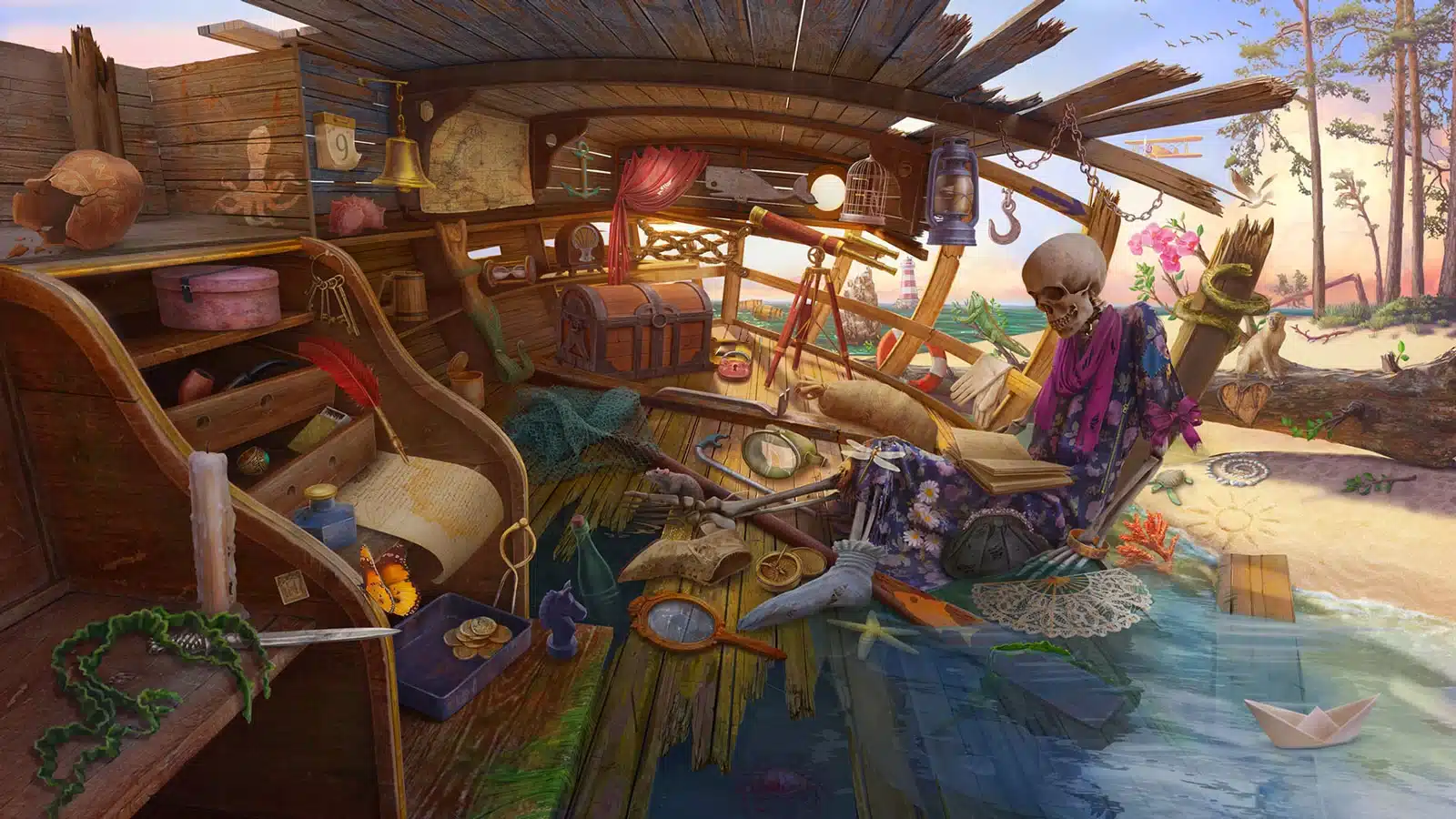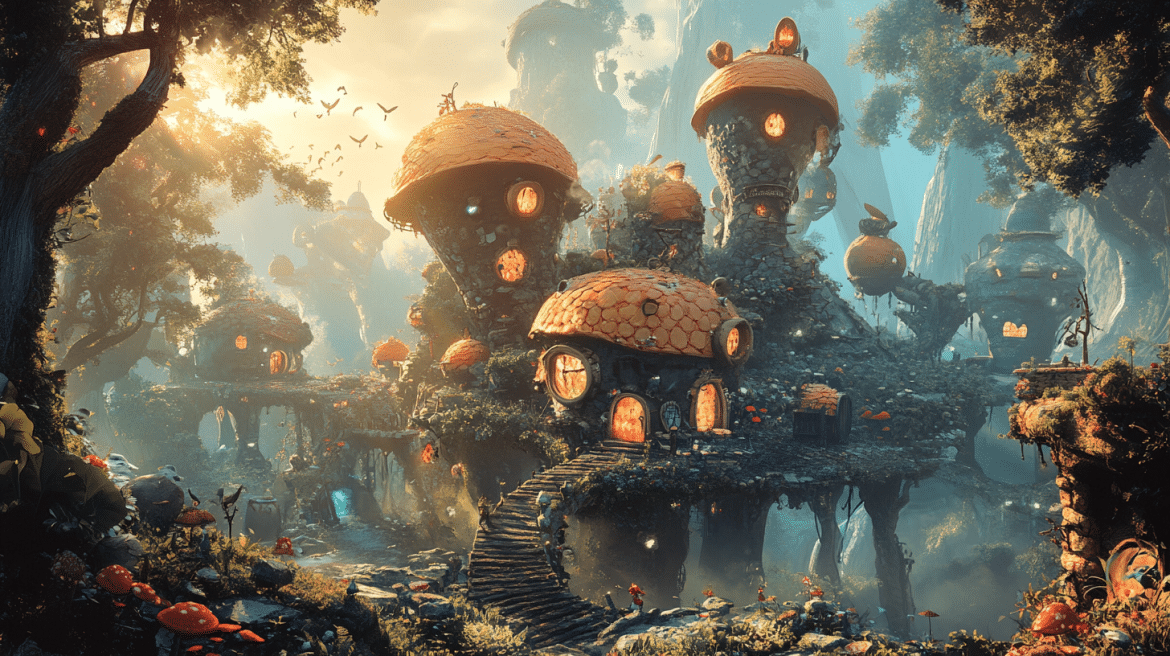Game art is pivotal in crafting immersive and captivating game environments, serving as the visual cornerstone that draws players into dynamic worlds. Through detailed character designs, richly layered environments, and expressive animations, these artistic elements not only enhance the aesthetic appeal but also deepen the emotional and narrative impact of the game. The artistry behind game visuals is integral to the magic that makes virtual worlds feel authentic and unforgettable.
The Role of Game Art in World-Building

Character Design: Well-designed characters by a game art studio often have unique physical features, costumes, and visual styles that make them stand out. These traits help players remember and recognize them easily. Characters who undergo significant growth or change throughout the game create a deeper emotional investment. Players become more attached as they witness a character’s journey and development.
Environment Design: The choice of colors in an environment can significantly influence the mood. For example, a game using cool blues and grays might create a sad or mysterious atmosphere, while warm hues can evoke a sense of comfort or excitement. High levels of detail in textures (e.g., weathered walls, intricate architecture) make the environment feel more tangible and believable. Detailed surroundings can immerse players in the game world, making it more engaging.
Animation and Visual Effects: Visual effects like lighting changes, screen shakes, or color shifts during intense or emotional scenes can amplify the mood and impact of these moments. For example, a dramatic increase in contrast during a climax can intensify the emotional experience. Characters responding dynamically to the player’s actions or decisions can make players feel more involved in the narrative. This interaction can heighten the emotional impact by showing that the player’s choices have meaningful consequences.
Approaches and Techniques for Immersive Artwork
Immersive game art creation calls for different techniques that involve visual, audio and interactive elements that hook up players thus making the experience more meaningful Here are some of the major techniques and methods used in creating immersive game art:
Concept Art: Before 3D models are made, their ideas are represented by concept art which involves drawing characters, environments or objects. It gives an idea on what the visual style of a game is supposed to be like. An artist might draw detailed pictures or make simple sketches to help them understand various design options as well as determine how the whole world should look.
3D Modeling: Digital representations of characters, objects and environments are created using 3D modeling. This defines shapes, structures and forms that will be used in the final game. Geometric figures are built and details of a model defined with software like Blender, Maya or 3ds Max by 3d modelling companies. Polygon modeling sculpting procedural generation are among other approaches.
Lighting: Lighting creates ambience in the game’s environment. Texture perception as well as model appearance changes under lighting conditions hence it can significantly affect a player’s feelings about a game. Different types of lighting like ambient, directional point light sources spotlight are exploited.
Sound Design: Sound effects enhance immersion by providing auditory feedback and creating an atmosphere that complements the visual elements.
Environmental Design: Environmental design involves creating detailed and immersive game worlds that players can explore. It includes the layout, structure, and aesthetic of environments. Techniques include using modular assets, designing realistic or fantastical landscapes, and incorporating interactive elements that enhance exploration.
Games to Help Families Engage
The dynamics of families can be changed by games through physical interactions or relationships between individuals.
They are contributing to the building of strong families. As it often happens with families, games can generate experiences that can help the family members to bond better. Team-based or competitive games afford social interaction and fellowship, as well as renewal of partnership. Some of the goals that need to be completed are often best done by several people, thus ensuring that the players interact and communicate within their families to complete the goals.
They are giving exposure to social skills improvement. Teamwork and other activities that entail the use of team or group benchmark, facilitate the development of skills such as negotiations, cooperation, and problem-solving. The playing out of a drama, a situation or a scene makes it easier for the participants to understand the different roles and this is why role-play is often used in schools.
Puzzle solving and problem based games often involve problem solving, decision making or strategic thinking all of which are great for cognitive abilities such as intellect. Opposed to structured and limited thinking, construction, design or even storytelling games enhance creativity.
In summary, game art plays a crucial role in crafting immersive worlds that resonate with families. By using vivid visuals, intricate details, and cohesive design, game art brings virtual environments to life, offering engaging experiences that foster family interaction and connection. From detailed characters to dynamic settings, the art in games creates shared adventures and emotional moments, making family gaming both captivating and meaningful. Through its ability to transport players into richly imagined worlds, game art enhances the enjoyment and unity of family playtime, demonstrating its vital role in creating memorable and inclusive gaming experiences.


